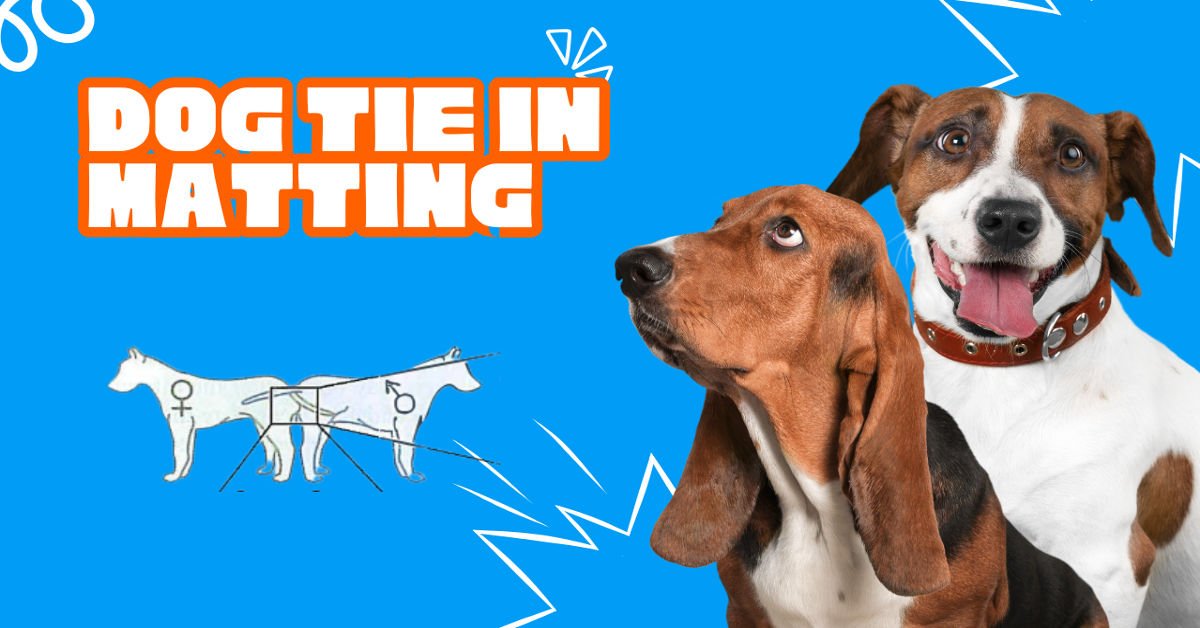If you’ve ever witnessed dogs mating, you may have noticed that they often get “stuck” together for several minutes, or even up to an hour. This phenomenon, known as the copulatory tie, is a natural part of canine reproduction, yet it’s frequently misunderstood. Many panic, assuming the dogs are distressed or need help separating. However, the tie serves a crucial biological purpose.
The Stages of Canine Mating
1. First Stage Coitus (1-2 Minutes)
- The male mounts the female in a typical canine mating position.
- The male insert his penis into her vagina.
- After a few thrusting movements, the male ejaculates the first two fractions of semen:
- Pre-sperm fluid (cleans the urethra)
- Sperm-rich fraction (contains the majority of sperm)
- This stage is brief, lasting only 1-2 minutes.
2. The “Turn” – Transition Between Stages
- Shortly after ejaculation, the male dismounts and swings one hind leg over the female, turning around so that the two end up tail-to-tail.
- At this point, the bulbus glandis (a structure at the base of the male’s penis) swells dramatically, locking the pair together.
- The female’s vaginal muscles also contract, compressing the veins of the penis to maintain the tie.
- This stage is very brief, lasting only 2-5 seconds.
3. Second Stage Coitus (5-45 Minutes – The “Tie”)
- The dogs remain connected, standing (or sometimes lying) in opposite directions.
- During this stage, the male ejaculates the third fraction of semen, a prostatic fluid that helps propel sperm toward the uterus.
- The prolonged tie ensures:
- Higher conception chances – Sperm is pushed deeper into the uterus.
- Reduced sperm competition – Prevents other males from mating immediately.
- This stage is long, lasting only 5-45 minutes.
Why Does the Tie Happen?
The copulatory tie is an evolutionary adaptation that improves reproductive success:
- Ensures Semen Retention – The pressure from the tie helps push sperm into the uterus rather than leaking out.
- Prevents Immediate Re-Mating – By staying locked, the female is less likely to mate with another male right away.
- Hormonal Influence – The release of oxytocin strengthens the bond between the pair, which may encourage pair bonding in wild canids (like wolves).
Common Misconceptions About the Tie
❌ “The dogs are in pain.”
✅ Truth: While they may seem anxious, the tie is not painful unless forcibly interrupted.
❌ “They need help separating.”
✅ Truth: Trying to pull them apart can cause serious injury (vaginal/penile trauma).
❌ “The tie is necessary for pregnancy.”
✅ Truth: While it increases conception chances, some dogs can still get pregnant without a prolonged tie.
When to Seek Veterinary Help
While the tie is usually harmless, contact a vet if:
⚠ The tie lasts longer than an hour.
⚠ There is excessive bleeding or signs of injury.
⚠ Either dog appears extremely distressed or unable to separate.
Conclusion
The copulatory tie is a natural, essential part of canine reproduction, designed to maximize the chances of successful fertilization. While it may look strange or concerning to first-time observers, interfering can do more harm than good. Understanding this process helps pet owners and breeders support their dogs safely during mating.
Reference
Book of title PATHWAYS TO PREGNANCY& PARTURITION

